Kawasaki disease was first described in 1967 by a Japanese paediatrician, Dr Tomisaku Kawasaki. The first cases outside Japan were reported in Hawaii in 1976. Approximately 75% of Kawasaki disease patients are children below the age of 5, more often in boys than girls, and it is the most common cause of acquired heart disease in children. If treated early, most children recover within a few days. The exact cause is still unknown but it is not directly contagious.
Kawasaki disease typically causes prolonged fever with enlarged lymph nodes, redness of mouth, hands and feet, and occasional rash. It causes inflammation of the blood vessel walls, especially the coronary arteries supplying blood to the heart muscles.
Signs and symptoms
The most common symptom is a high fever, between 38.3-39.4°C which lasts more than 4 days and has little to no response to common over-the-counter medication. Other symptoms that also occur within 14 days from the fever include:
Its symptoms appear in three stages. It can cause problems with the heart between 10-14 days after the onset of the first symptoms. Some patients may have inflamed or sore joints between the end of the fever up to around the 25th day of the disease. The entire course of the disease may last up to eight weeks.
Diagnosis
The diagnosis of Kawasaki disease needs to have a high degree of suspicion. Your child’s paediatrician will have to decide based on the combination of symptoms and signs if your child really has Kawasaki disease.
Treatment
You can give paracetamol for the fever but he has to be examined to diagnose Kawasaki disease. Due to the high risk of complications, your child will likely be hospitalised while receiving initial treatment. This may include an IV (intravenous) infusion of immunoglobulin along with other medications. Affected patients require plenty of fluid to avoid dehydration. He may also be given aspirin for a few weeks.
Risk of complications
This disease can affect the heart. While most children do recover completely, there are rare cases where complications occur due to inflammation of the blood vessels leading to weakening of the artery walls causing bulging (aneurysm). Other parts of the heart that can be involved are the membrane covering the heart, the valves and the heart muscles. Kawasaki disease during childhood has also been linked with an increased risk of heart disease in adulthood.
Infants face a higher risk of serious complications. Early treatment will reduce the chances of permanent effects. There are no official support groups, but there is an unofficial Malaysian support group on Facebook (search: Kawasaki Disease Support Group Malaysia).
An educational contribution by Malaysian Paediatric Association.

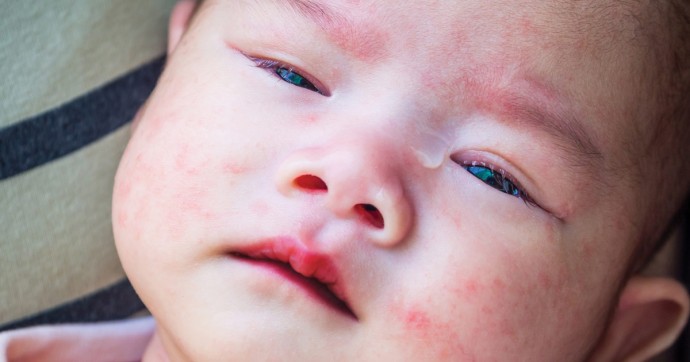
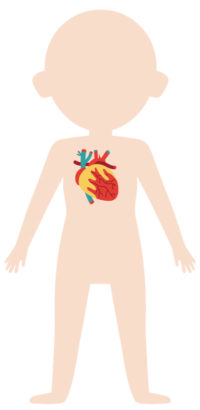
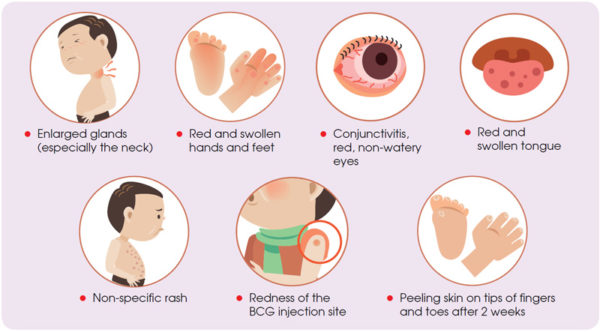


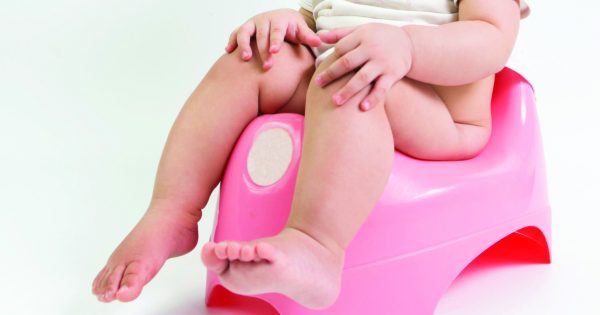
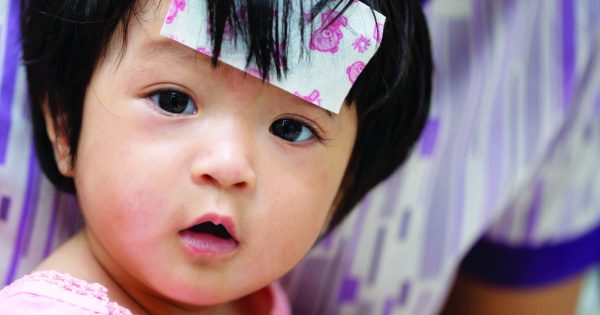

Comments